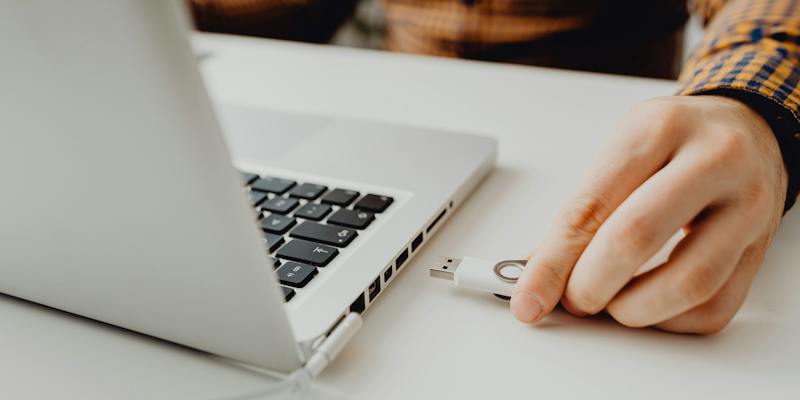A USB drive is a popular and convenient storage device that allows us to carry and transfer files with ease. However, just like any other storage medium, USB drives can become corrupted, causing us to lose access to important files. In this comprehensive guide, we will explore the reasons behind USB drive corruption and provide step-by-step instructions on how to recover corrupted files using various methods.
Reasons for USB drive corruption
USB drive corruption can occur due to various reasons, including sudden power loss, improper ejection of the drive, malware or virus attacks, physical damage, software conflicts, and file system errors. Understanding the possible causes can help us take preventive measures and minimize the risk of data loss.
The importance of stopping the use of a corrupted USB drive
When you discover that your USB drive has become corrupted, it is crucial to immediately stop using it. Continuing to use a corrupted drive can further damage the files stored on it and reduce the chances of successful data recovery. By ceasing all operations on the drive, we can increase the likelihood of recovering our valuable files.
4DDiG Windows Data Recovery tool for file recovery
One of the most efficient and user-friendly tools available for recovering corrupted files from a USB drive is 4DDiG Windows Data Recovery. With its intelligent and advanced algorithms, this tool can scan the corrupted drive and retrieve lost or inaccessible files with just a few simple clicks. Whether your files were deleted, formatted, or lost due to drive corruption, 4DDiG can help you recover them effectively.
Using the built-in Disk Check tool in Windows for disk error scanning and fixing
Windows offers a built-in Disk Check tool that can assist in identifying and fixing disk errors on a USB drive. By running the Disk Check tool, you can scan the USB drive for any file system errors, bad sectors, or logical inconsistencies that might be causing the corruption. This process can help restore the drive’s functionality and recover the files stored on it.
Recognizing signs of a corrupted USB file system
If you are unable to open or access files on your USB drive, it is likely that the file system has become corrupted. Signs of a corrupted file system include frequent error messages, slow file access, and the inability to copy or transfer files. Being able to identify these signs can help us take prompt action to recover our data.
Utilizing the “Restore Previous Versions” feature in Windows for file recovery
All recent versions of Windows come equipped with a valuable feature called “Restore Previous Versions.” This feature allows us to recover deleted or overwritten files by restoring them from a previous version of a folder or a system restore point. By accessing this feature, we can potentially retrieve important files that were lost due to USB drive corruption.
Searching for temporary copies of files on the USB drive
In some cases, the USB drive may contain temporary copies of files with extensions like ‘.Bak’ or ‘.TMP’. These temporary files are created by various applications as backup or recovery mechanisms. By thoroughly searching the USB drive for such files, we might be able to find and recover our lost data.
Error messages indicating USB drive corruption
When a USB drive becomes corrupted, it often displays error messages that can provide insight into the underlying cause of the corruption. Some common error messages include “The disk is not formatted,” “File or directory is corrupted and unreadable,” or “USB device not recognized.” Understanding these error messages can help us troubleshoot and address the specific issue causing the corruption.
Steps to repair a recognized USB drive in Windows
If Windows is able to detect or recognize the USB drive despite its corruption, there are steps we can take to repair it. Using the Windows Disk Check tool or employing specific commands in the Command Prompt (CMD) can help fix file system errors and restore the drive’s functionality.
In situations where Windows is unable to detect or recognize the USB drive, reinstallation through the Device Manager can be a potential solution. By uninstalling the drive and reinstalling it, we can initiate a fresh recognition process in the system, which might resolve any issues causing the non-recognition.
Experiencing USB drive corruption can be a frustrating ordeal, especially when valuable files are at stake. However, with the right knowledge and tools at our disposal, we can successfully recover those corrupted files. By following the steps outlined in this comprehensive guide, we can effectively retrieve our data and prevent future instances of USB drive corruption. Remember to always be proactive in safeguarding your files and regularly back up important data to mitigate the impact of potential data loss.

